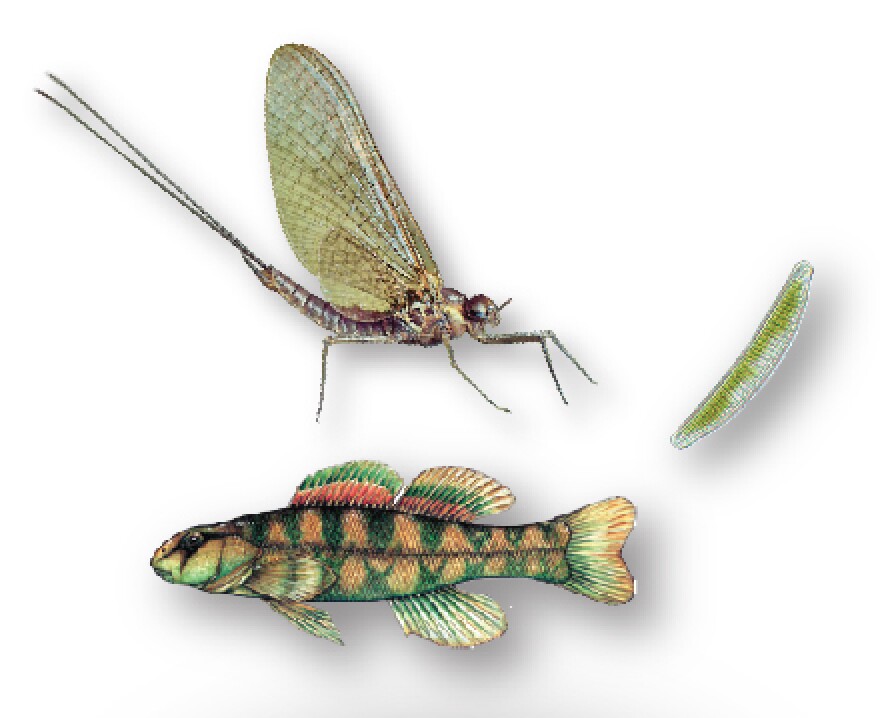Federal scientists just wrapped up a look at the health of the nation’s streams and rivers. It was a big effort, looking at 20 years of data.
Daren Carlisle is an ecologist with the U.S. Geological Survey and the lead author of the study.
"If you were feeling sick and went to the doctor and all they did was took your temperature, you’d say, 'hey, wait a minute there’s more to this than that,'" he says. "What we’re learning from this big assessment is just how many parts of the ecosystem need to be monitored and integrated together in order to really understand 'what do we need to go fix now?'"
He says they looked at how algae, fish and macroinvertebrates (aquatic insects, clams and other things that dwell on the bottom of rivers) were affected by things people do on the landscape. They found at least one of those groups of organisms were negatively affected in 83 percent of the streams in agricultural and urban areas.
"What we found is that each community has very unique vulnerabilities to human impacts," he says.
Here's what the report says about pesticides, for example:
A national NAWQA assessment of pesticides (Gilliom and others, 2006) reported that dissolved pesticide concentrations were greater than benchmarks established for aquatic life by the U.S. Environmental Protection Agency in more than half of assessed streams in agricultural and urban settings and therefore have the potential to adversely affect aquatic organisms. Importantly, pesticides commonly occur as mixtures of multiple chemical compounds, rather than individually. As a consequence, aquatic organisms are typically exposed to complex mixtures of multiple compounds, and the total combined toxicity of these mixtures may be greater than that of any single compound present. Macroinvertebrate communities were more frequently altered in streams with elevated concentrations—and potential toxicity—of pesticides.
But Daren Carlisle says about one in five streams in agricultural and urban areas were doing pretty well. Those streams tended to have more natural flows and less runoff of pollution from roads and farms.





